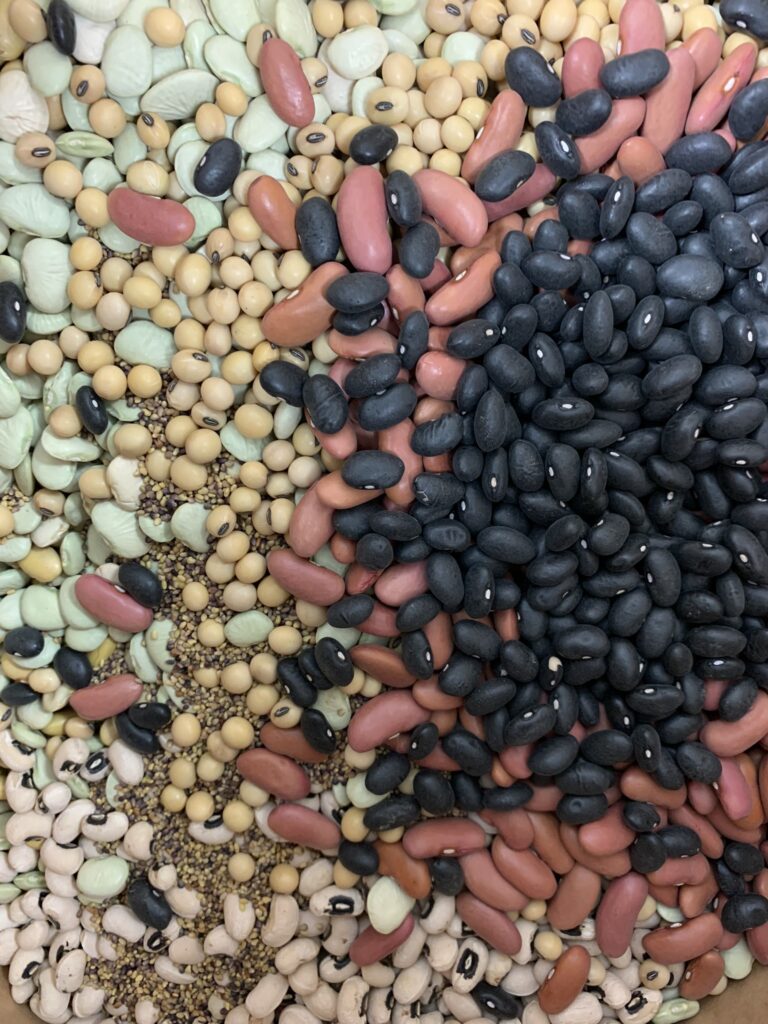
In today’s world farmers are planting more acres. This means they need more equipment, bigger equipment, and more dollars invested. Everything needs to count. Gone are the days when a farm had chickens for eggs, soup, and fried wings; hogs for bacon and pork; cows for milk; and crops for feed and cash flow. In the past, each of these contributed to the overall wellbeing of the farm. Overall, there was a smaller amount of money invested in the operation, but finishing daily tasks required much more time. It was a way of life. Today, we have become much more efficient, but in so doing, it raises the bar for other inputs – like seed.
Seed performance can be measured in the lab but may be difficult to exactly replicate in the field. Seed germination is reported as a number – a percentage of plants which grow. This means it is a yes or no. But what does that really tell you? There are official rules for testing, evaluation, and reporting of seed germination. These rules serve a good purpose, but as in farming, not everything is black and white. With seed testing, there are strong healthy seeds, dead seeds, and the in-between – the weak, abnormal, or diseased. Sometimes these weaker seedlings are considered “weeds.” Although they may grow, they may be slower in development and take away from the nutrients of the strong plants. In corn, they may pollinate at a later time resulting in poor seed set.
In today’s world the more information we have the better. In precision ag circles, uneven emergence is considered a factor limiting optimum yields. Some of this loss occurs from planting equipment, field conditions, plant stubble, etc. But, losses from seed variability can also occur. Vigor testing can identify weak seeds and be compared to the germination rate to determine the potential for uneven growth of seed. Vigor testing can be very useful but may not be consistent from crop to crop. Some types of vigor tests might be more suited to one crop over another or for one type of abnormality. A Tetrazolium test is a good tool to identify mechanical damage to soybeans. Seeds identified in the low category are probable candidates for late emergence. Cold tests and Accelerated Aging tests can be compared to standard warm germination scores to identify weak seedlings in the field. Fast Green or Pericarp testing can be performed on corn to identify cracks or damage to the seed coat which could result in injury from starter fertilizer. A Saturated Cold test can also be performed to measure imbibition injury from planting in cold conditions or planting in saturated soil.
No one vigor test is comprehensive or able to predict all planting conditions. They are tools to equip you with information. There is little to be done to change the real quality or performance of a seed lot. The only options are to protect the seed with treatment, adjust population or adjust the timing of planting. This year the quality of most seed lots is very good, but when planting in extremes or going for that barn-busting yield, it is always good to know what you are working with. Vigor testing is “cheap insurance.”
